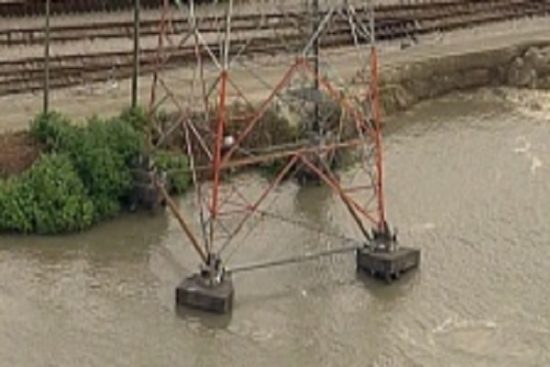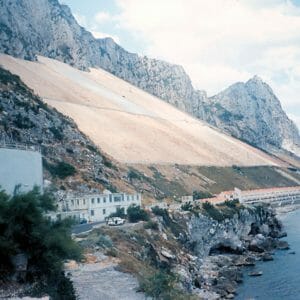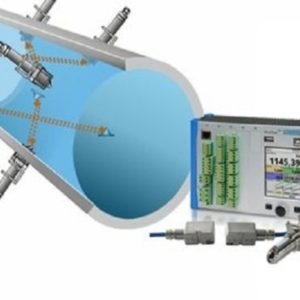E – 1382 BMP & Erosion Control for Transmission Tower and Line, Construction and Maintenance
$300.00
Courses Included
Since transmission lines and towers tend to blend into the environment and follow the terrain more than structures such as habitable buildings and paved roads and structures, it may be easier to overlook the environmental impact of transmission lines and towers and the access roads required for maintenance. This course introduces engineers, utilities contractors and BMP maintenance contractors to the best management practices for transmission construction and maintenance activities. Best Management Practices (BMP’s) are practices chosen to minimize erosion and prevent or control sedimentation and contributions of other pollutants from land disturbance and land management activities. If properly applied, BMPs will help protect the quality of surface waters and ground water.
This course is based on the publication, A Guide for Environmental Protection and Best Management Practices for Tennessee Valley Authority Transmission Construction and Maintenance Activities. The techniques and methodologies described in this course document are applicable to nearly all transmission tower land areas in the lower 48 United States.
Eroded soil, organic debris, heat and chemicals are the principal potential non- point source (NPS) water pollutants from transmission construction and maintenance activities. These NPS pollutants can impose adverse effects on water quality in streams, rivers, wetlands, ponds, lakes, and ground water. Eroded soil is the most prevalent pollutant. Excessive amounts of treetops and slash can cause further damage to streams and wetlands if they are washed in or out by flooding.
The major ground disturbing activities associated with transmission construction and maintenance are right-of-way clearing and re-clearing, construction and maintenance of access roads, and site grading for the construction of transmission line structures, substations and communication facilities.
This course demonstrates the basic management practices for transmission towers. It includes information on soil protection as well as restoration practices. Educating engineers, agencies and utility contractors on these topics could help protect waterways from unnecessary pollution.






